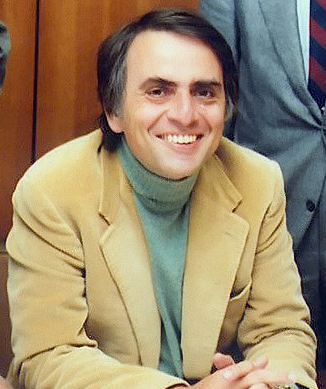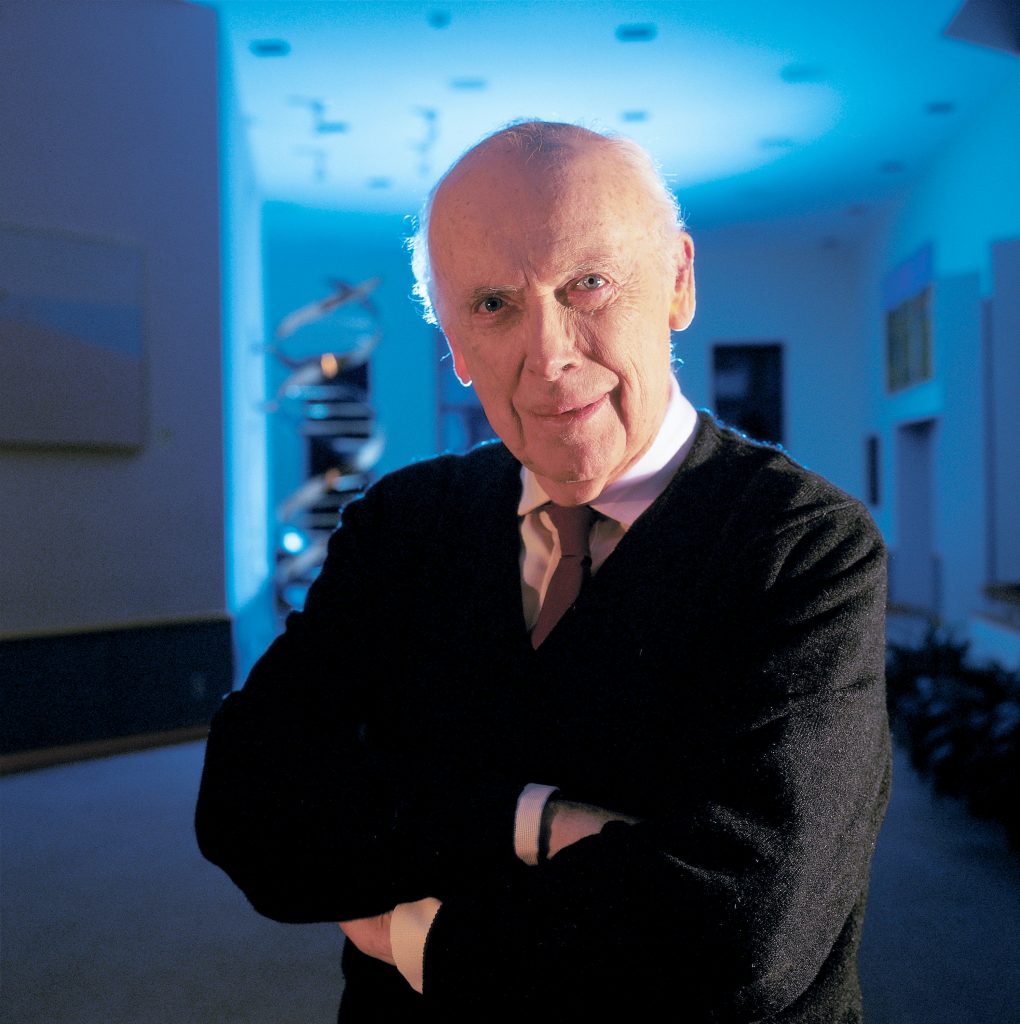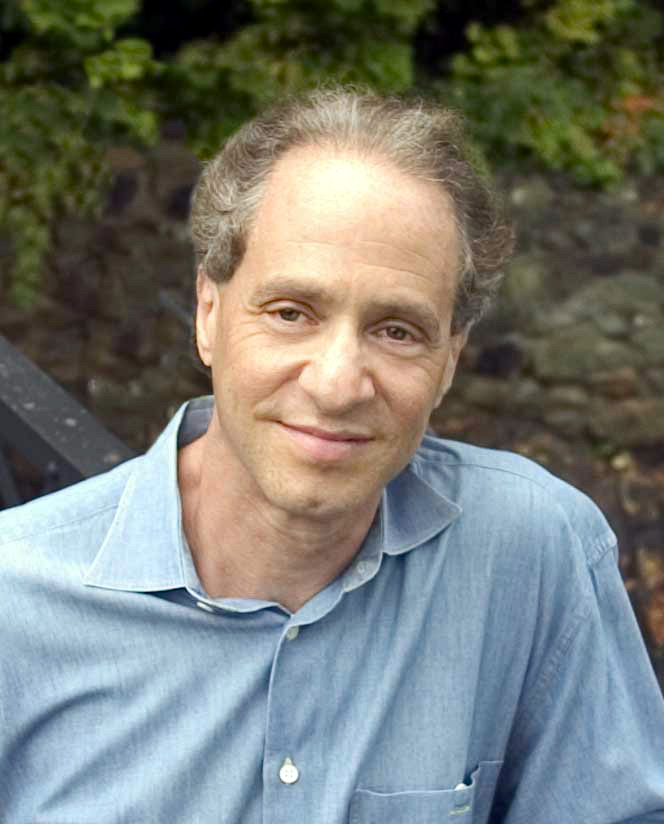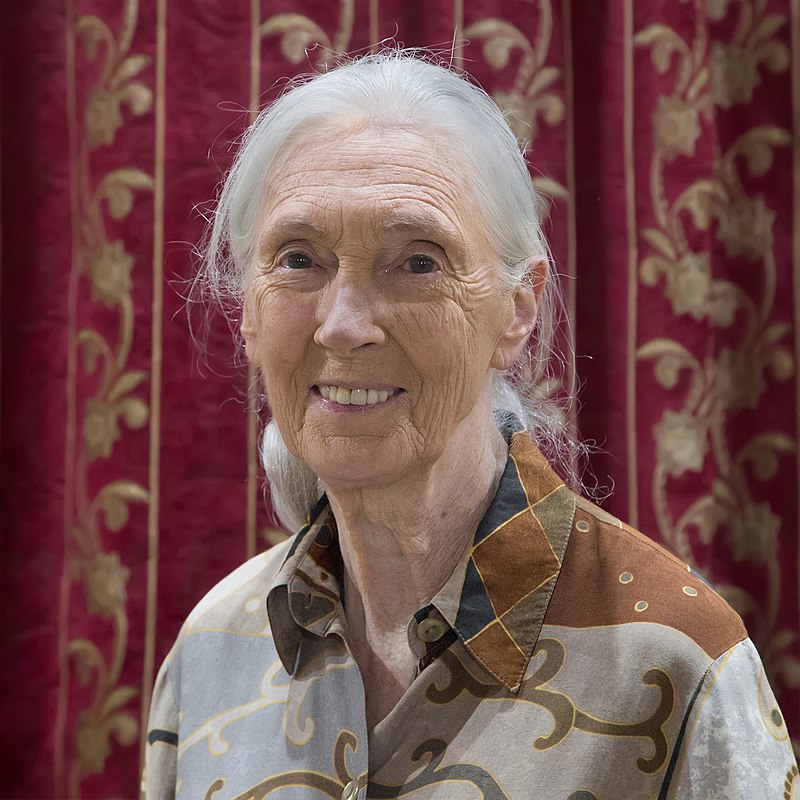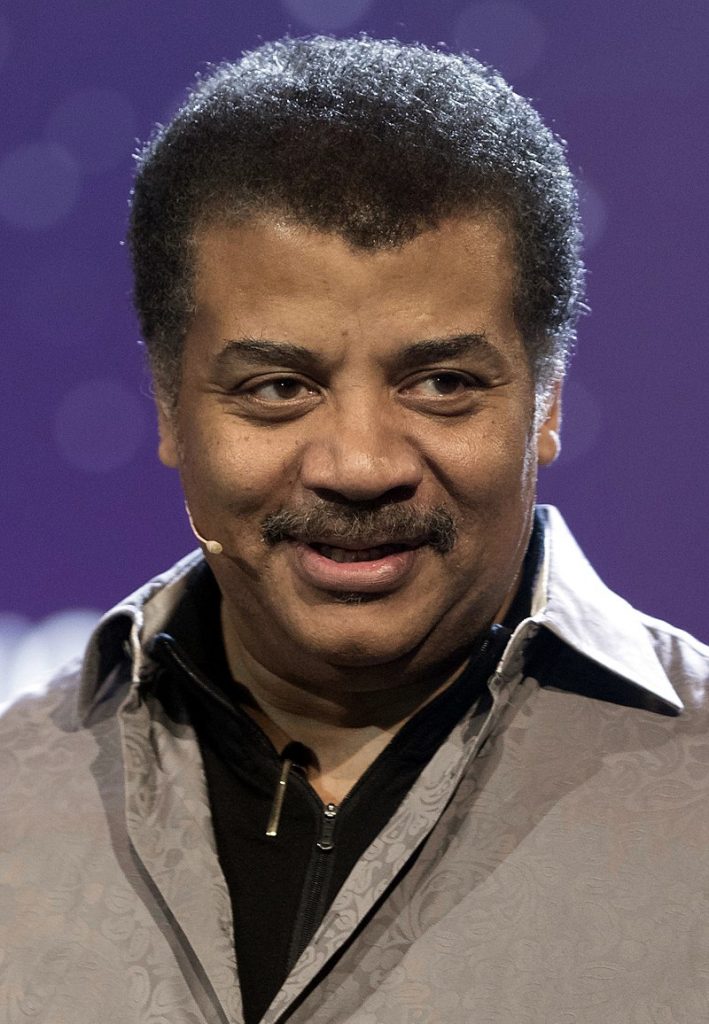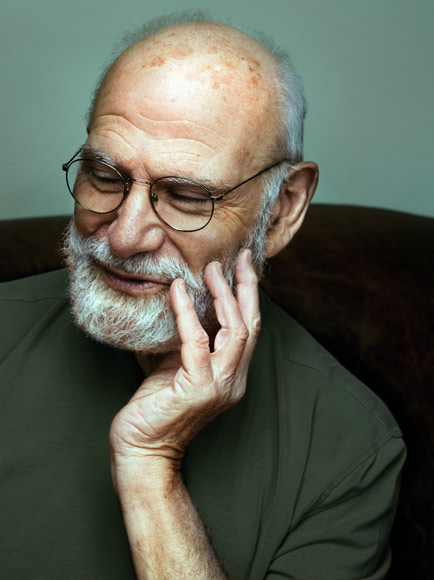
A young British boys fascination with science, and with metals and chemistry in particular, led to him becoming one of the world’s foremost neurologists.
And the author of best-selling books about science.
His name was Oliver Sacks. He’s the author of books such as The Man Who mistook His Wife For a Hat, and The Island of The Color Blind. But he is perhaps best known for his 1973 book Awakenings, which became a major movie in 1990 starring Robert de Niro and Robin Williams.
In 2001, his book Uncle Tungsten told of how, as a youngster, he first became interested in science.
So here now, from 2001, Oliver Sacks.
Oliver Sacks died in 2015. He was 82.
You may also like these episodes:
James WatsonCarl Sagan



